This must be the quietest valve amp ever, I thought. The valves were glowing and reflected in the glossy black surface. The two Lexie valves in the middle told me the volume was 38. Still, it was quiet as the grave. No sound. At all.
A quick look at all the connections gave me no solution. Everything was plugged in by the book.
Not the manual, that is. Nobody reads that. Me neither.
Maybe it was an invisible force guiding my hand, because for some reason I pressed the volume button and suddenly all hell broke loose. There was sound. In massive quantities. The little Klipsch Heresy IV must have been as stunned as I was.
Klipsch's smallest Heritage speaker lies about both age and height, and gets away with it.
Slightly frantic, I turned down the volume at a certain speed, and then it dimmed for me. The damned amplifier always starts with the sound muted. Who would have thought it?
After the mystery had almost solved itself, I could bathe in the sound of Audio Research’s very cheapest amplifier, the integrated I/50. Which differs from anything else Audio Research has made, except that it uses vacuum valves instead of transistors.
As virtually all Audio Research amplifiers have done for over 50 years.
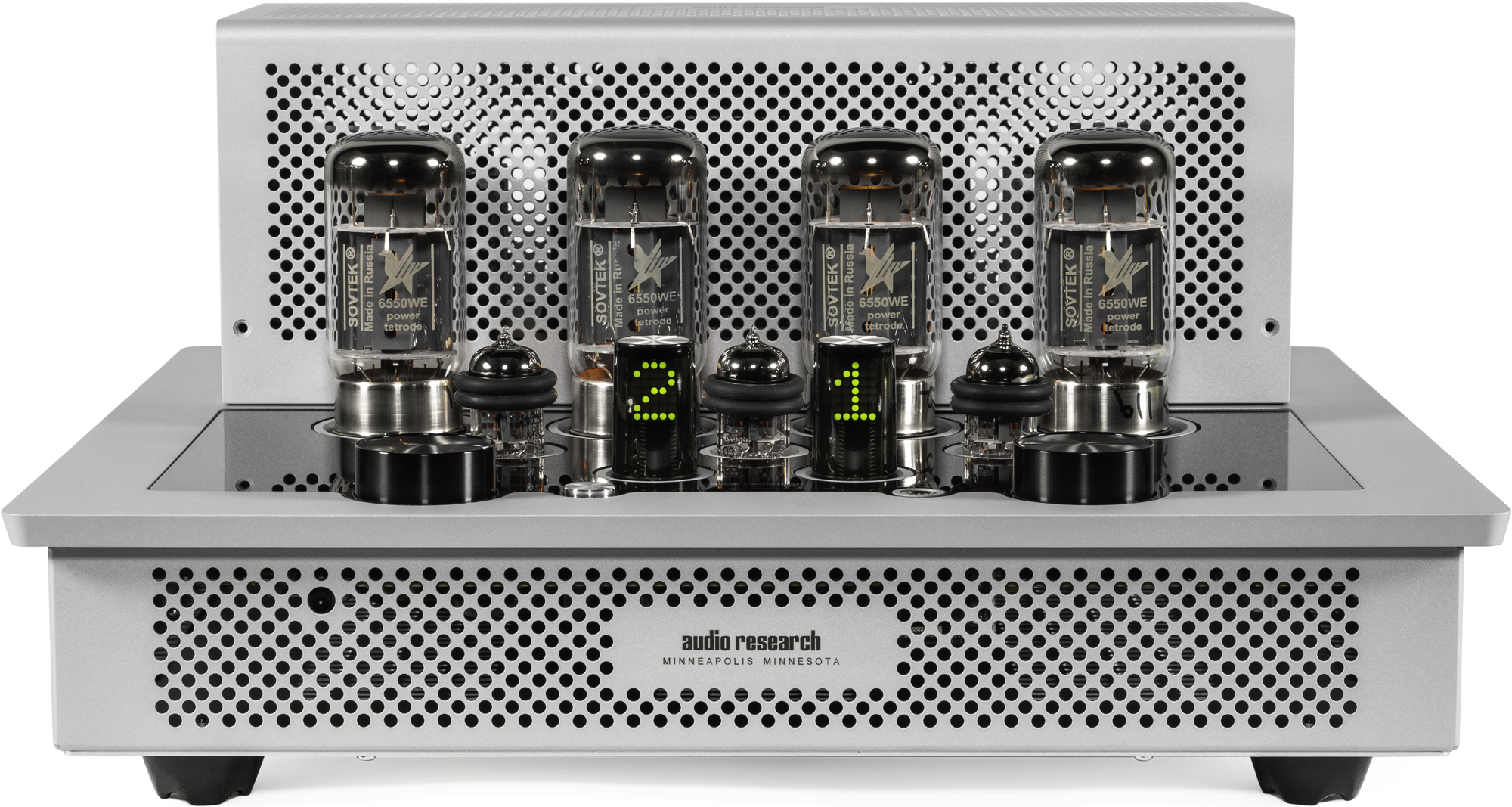
Future-proof
The new I/50 is not the only valve amplifier available on the market. In addition to Audio Research, valve amplifiers are available from a wide range of other manufacturers – Cayin, Jadis, Octave, McIntosh, LM Audio, Luxman and many others.
There are several reasons for this. The sound, of course. Which, although as different between valve amps as it is between transistor amps, can often have something about it that is often described as organic warmth. Some would say a more natural sound. Others a fuller sound.
There are also those who choose valves because they like to experiment with valves from different manufacturers. The latter group, who we might call hardcore valve enthusiasts, are probably not the target audience for the I/50.
Which is more aimed at those who have wanted a valve amp for a long time, but haven’t dared to take the plunge into an unknown world, and who may only have digital sound sources. Something most valve amplifiers don’t support.
Modules
But this one does. Or rather, it soon will. The amplifier has two slots for plug-in modules.
One is set aside for a phono module with 42 dB gain – which is available for MM pickups (an MC version is not announced) for 990 euros.
The other is set aside for a DAC module. Which isn’t ready yet. So we don’t know what kind of digital converter, or what inputs it will have. But it will make it easy to connect digital audio sources. That much Audio Research has told us.
That way the amp has one foot in both the analogue and digital eras, which is unusual for a valve amp. The last time we saw something like this was when we tested the GSi75. It too was an integrated valve amp from Audio Research, with turntable input AND digital inputs.
Choose your colour
The much more compact and significantly cheaper I/50 is also the first from Audio Research to be available in colours other than black or aluminium grey. In fact, the black version can be supplied with a coloured frame around the amplifier, in red, light blue, gold or white.
This allows the colour-conscious to choose an I/50 to match the colours in the room, but I think most people will choose either black or grey anyway.
The amp is hand-built at Audio Research in Minnesota, USA, where even the transformers are hand-wound. After assembly, each amp goes through a listening room, for Audio Research’s chief designer, Warren Gehl, to quality assure the sound before the amp is packaged and shipped to the customer.
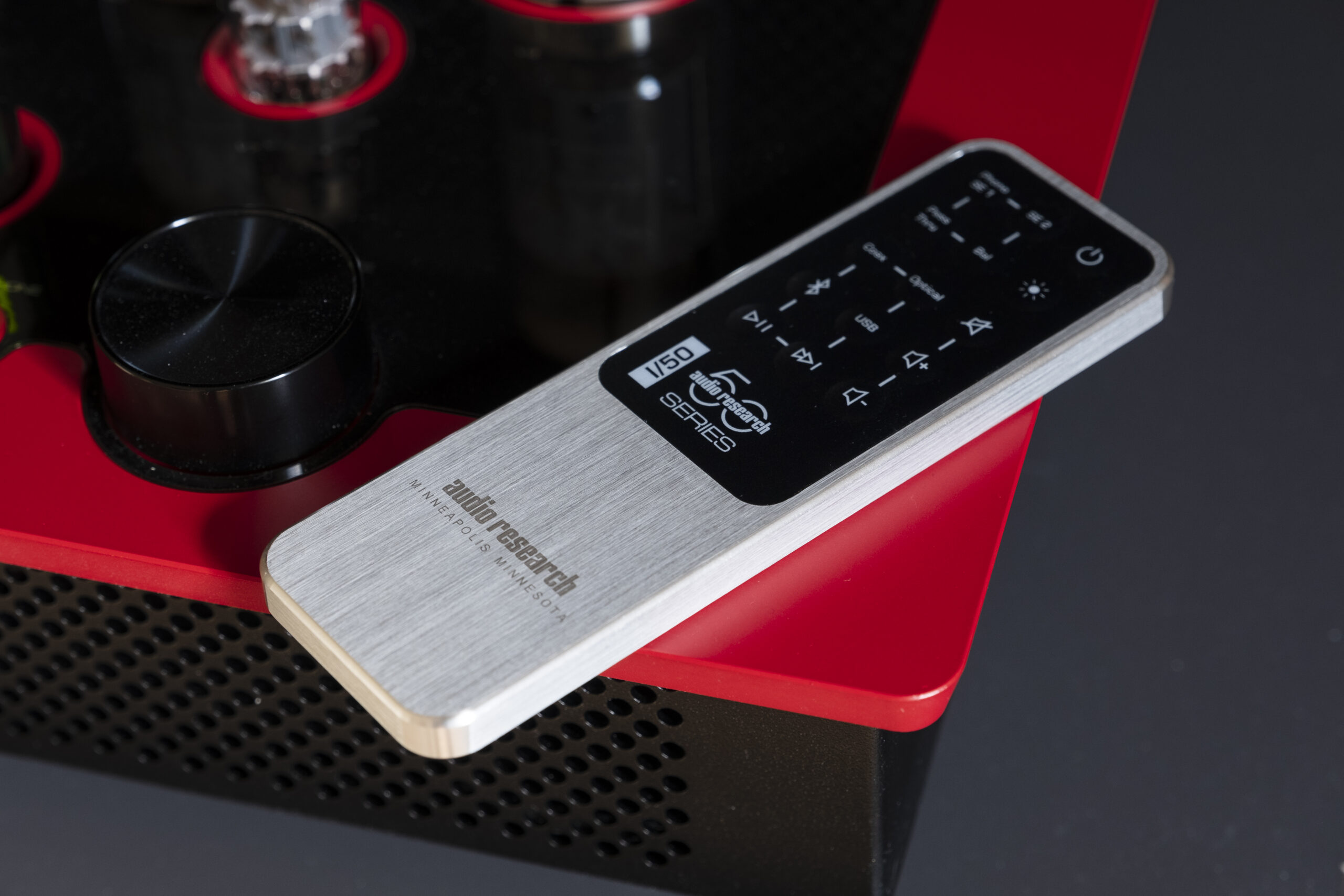
Assemble it yourself
Once it shows up at the customer’s home, all you have to do is follow the instructions (yes, I know), which describe how to screw in the screws that hold the grille in place and mount the valves before connecting the amplifier. The grille protecting the valves can be left in the box, unless small children’s fingers can get to the amplifier.
Which has two times two 6550WE output valves from Sovtek and three 6922 valves; one is an input valve while the other two are drivers. Turning the amplifier over, you see the two slots for the modules and four analog inputs. One of which is balanced with XLR connectors.
Note that one RCA input is located where the phono module should be. So you lose a line input if you want turntable input.
Like most valve amps, the speaker terminals have separate connectors for 4 and 8 ohm speaker loads. There’s room to experiment a bit here, because many so-called 8 ohm speakers actually sound best from the 4 ohm outputs.
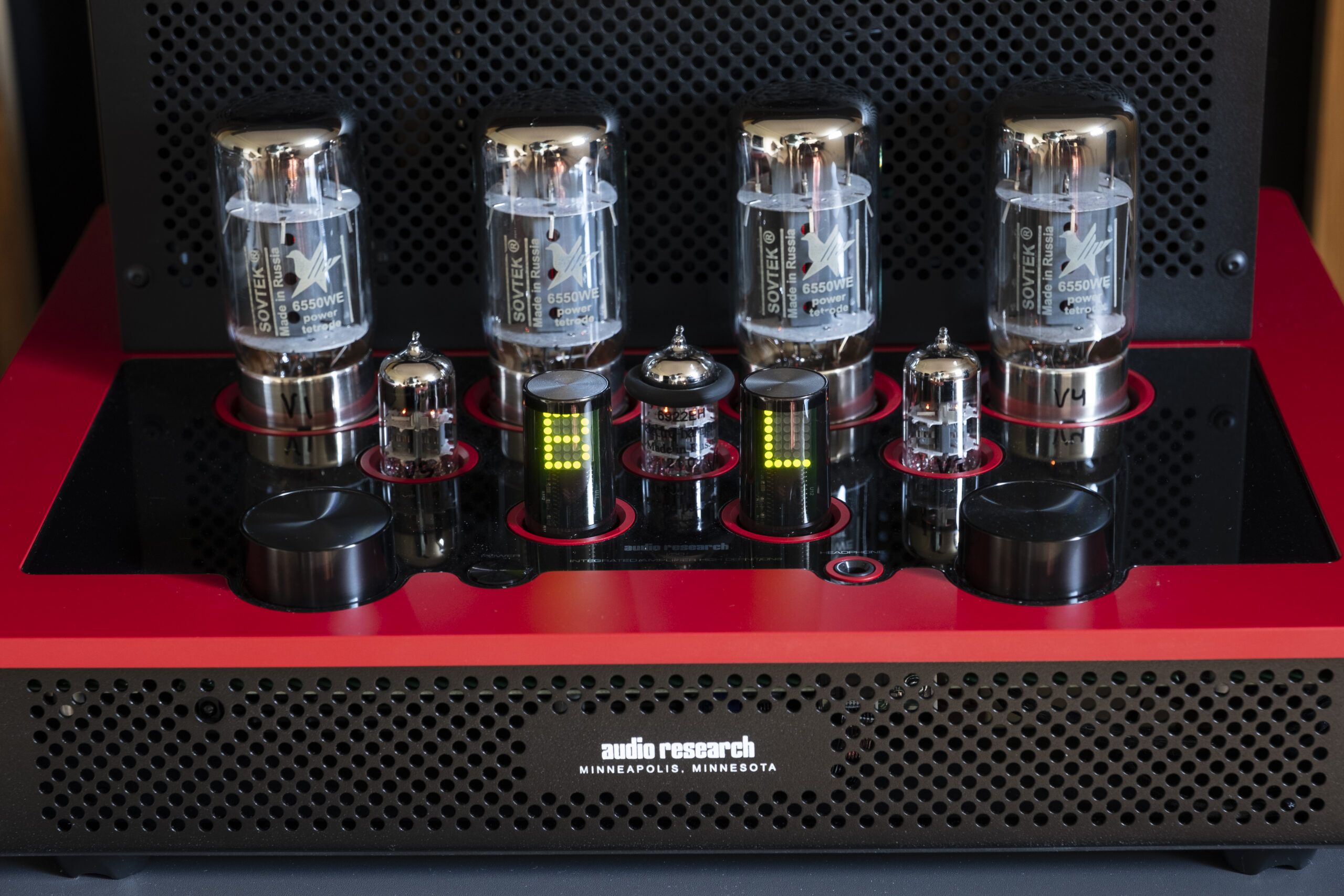
Wonderful sound
After I got settled, I settled in with the alu remote, and that was the start of several weeks of lovely warm, resolved and open sound. No matter which speakers I plugged in. The small Heresy IVs were replaced by the larger Forte IVs. Which brought out much more of the lower frequencies of the music, and were a perfect match for the 50 watt powerful I/50.
The amp actually has a – very good – headphone output next to the volume control, which turns off the speaker outputs when headphones are plugged in.
To the left are the power switch and input selector, and in the middle the aforementioned Lexie valves, which count down during valve warm-up when the amp is turned on, displaying the selected input and then volume. When muting the sound, the brightness is dimmed.
When not muting the sound, you can bathe in sound from top to bottom. The small footprint of the small amplifier is offset to that extent by a dynamic and vivid sound image.
Take strings, for example. The overture to Puccini’s La Boheme floats effortlessly out into space, and when the bigger strings come in, you can feel it vibrate in the sofa. At the same time, the strings sound weightless, resolved and open.
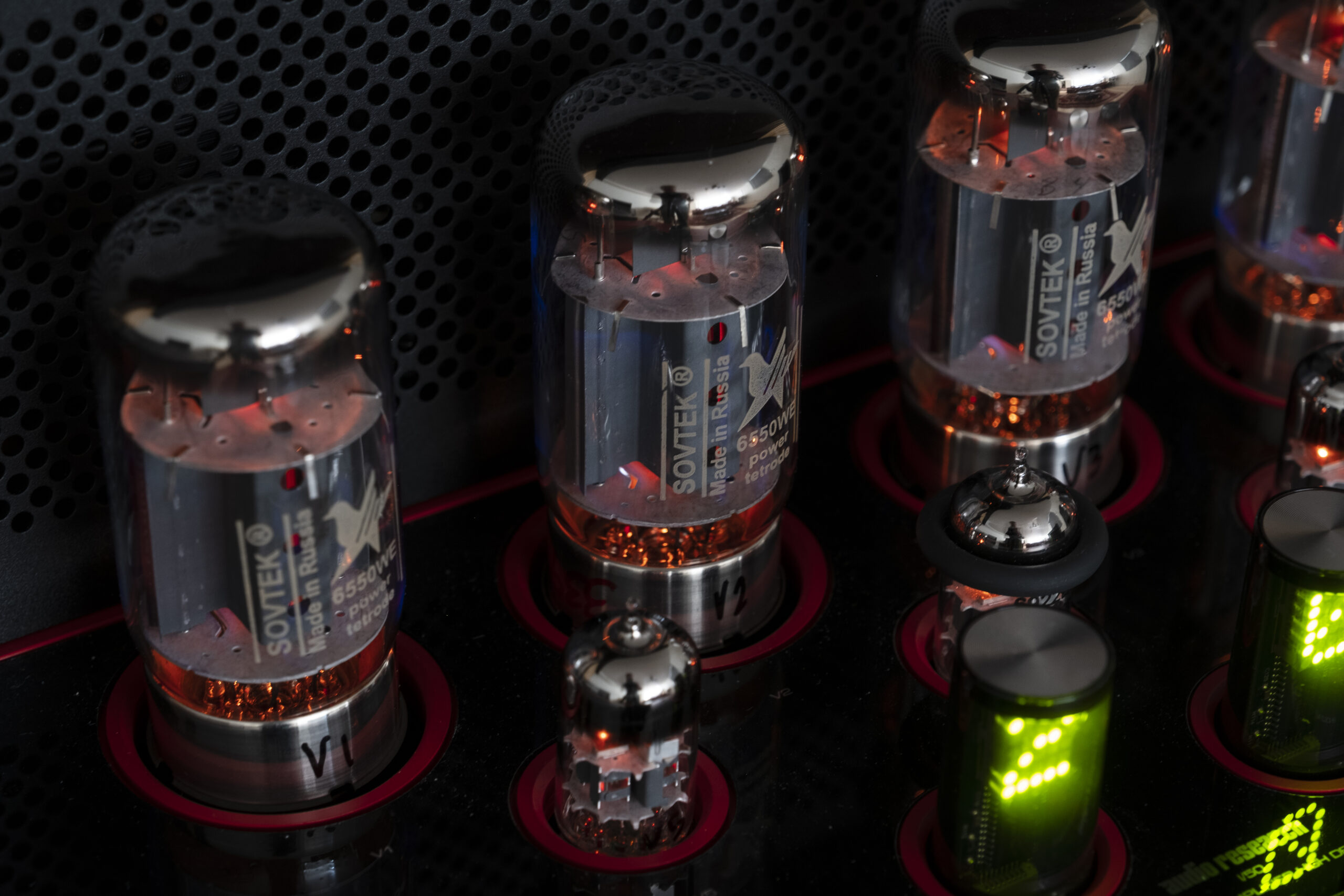
The vocal timbre may be a little thin compared to the Naim Uniti Star, but there’s a clearer focus on detail here, and you can hear more of the room sound on the recording.
At the same time, I wouldn’t say that the sound is thin over the entire tonal range. The double bass and drums on the Keith Jarrett Trio’s live recording of “If I Were a Bell” have good heft, and you can feel the snare drum in your diaphragm.
I was a little surprised at how well the amp managed to keep a grip on the dynamics when playing loud. 50 watts isn’t a lot, but it’s clear that Audio Research has given the amp a power supply that doesn’t easily run out of power.
“Cold Duck” by Al Jarreau thundered out of the speakers and thoroughly put me in my place. Because at first I thought the amp would go to pieces, especially in the bass, when I turned up the volume.
It didn’t. Instead, it played on unabated, and on lightly powered speakers like the Forte IV, it never runs out of power.
The I/50 doesn’t have the classic warm valve sound that characterises many valve amps. At the same time, it’s not as neutral as, say, the Octave V70 SE, nor as powerful, but it still has enough fullness to make guitars, pianos, double basses and baritones sound really convincing.
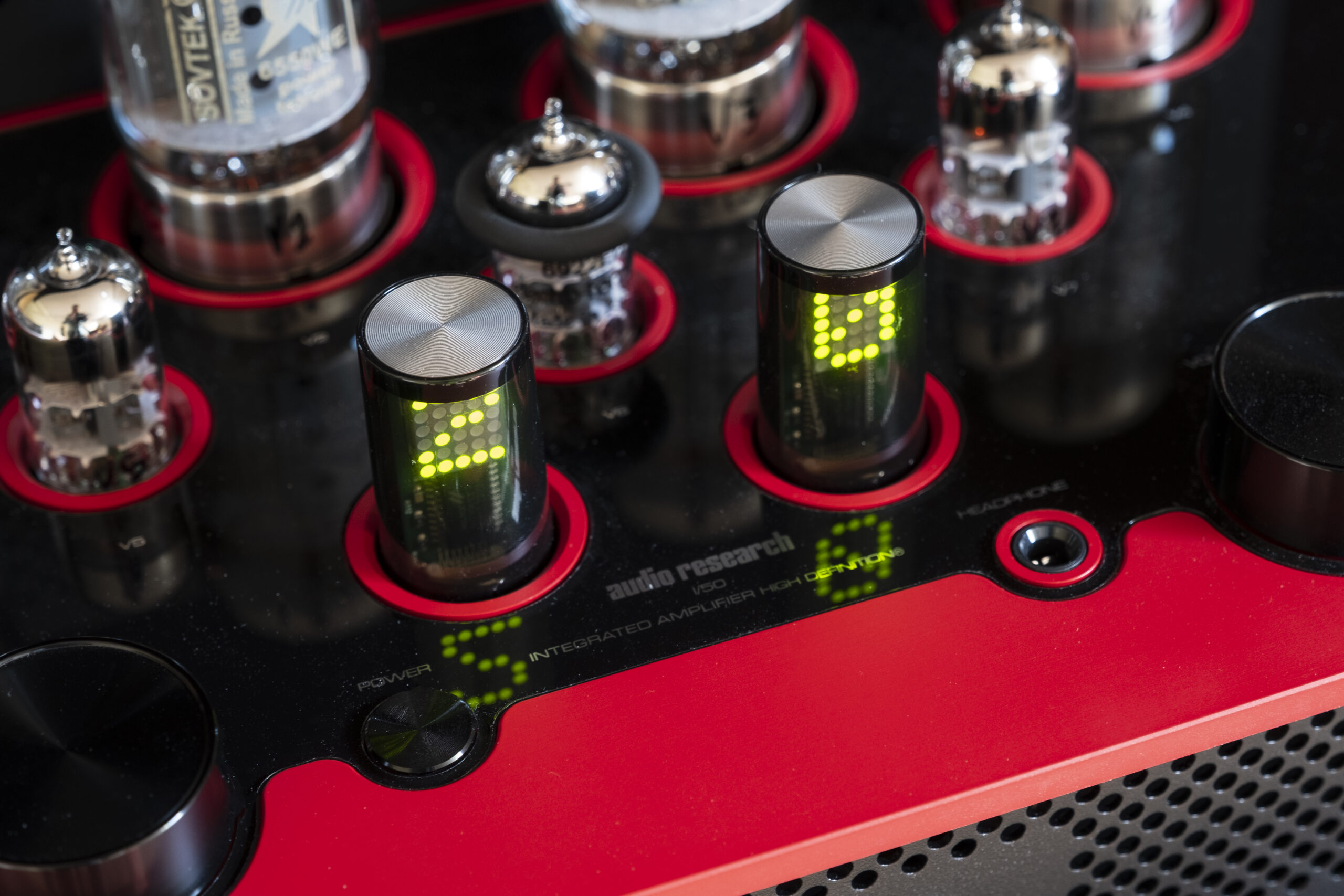
Conclusion
For the many who might be considering an integrated amplifier, and not be intimidated by the price tag, the compact Audio Research I/50 is very much worth considering. It can be equipped with turntable input, later also with DAC, and then it is as modern as any amplifier. Just with a sound signature and design that stands out – in a positive way.
If you match it with the right speakers and also ensure quality in the rest of the signal path, the Audio Research I/50 could be one of the most successful amp buys in this price range.
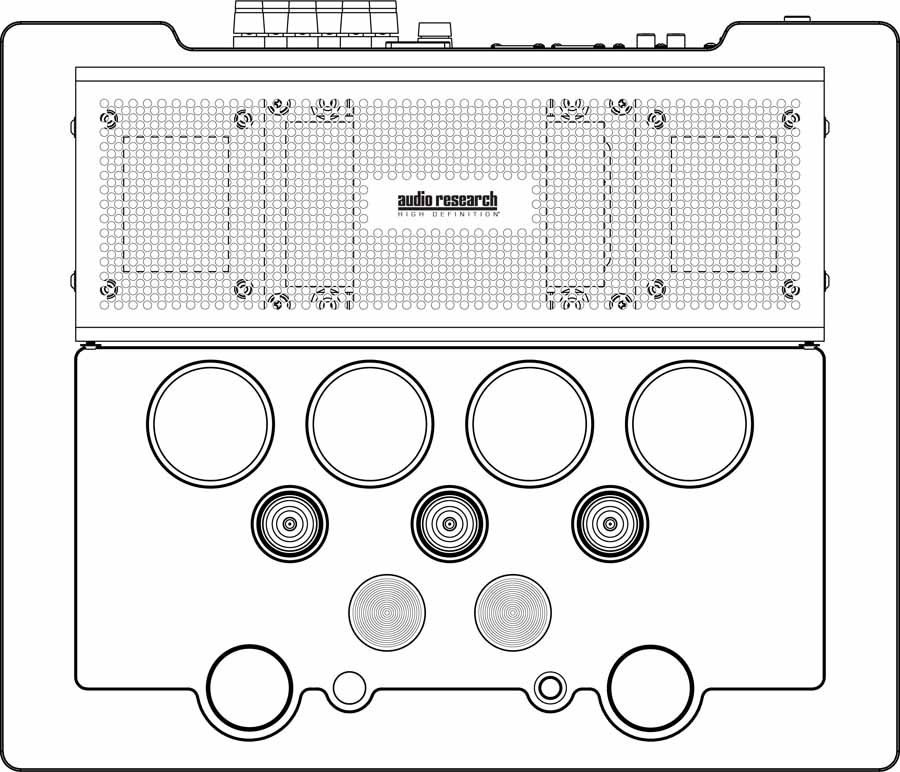

We think
Very well executed and dynamic. Surprisingly powerful. Super-resolution and three-dimensional sound image. Trustworthy build quality. Dyrt ekstraudstyr.
5990 €
Specifications
- Type: Integrated amplifier
- Power: 2 x 50 W into 8 ohms
- Technology: 4 x 6550 WE + 3 x 6922 valves
- Connections: 3 x analog unbalanced, XLR balanced
- Turntable input: (optional)
- Headphone output: Yes
- DAC: (optional)
- Network: No
- Other: Remote control, MM phono stage and DAC plug-in card
- Dimensions and weight: 42 x 18 x 34 cm / 18.1 kg
- Web: audioresearch.com
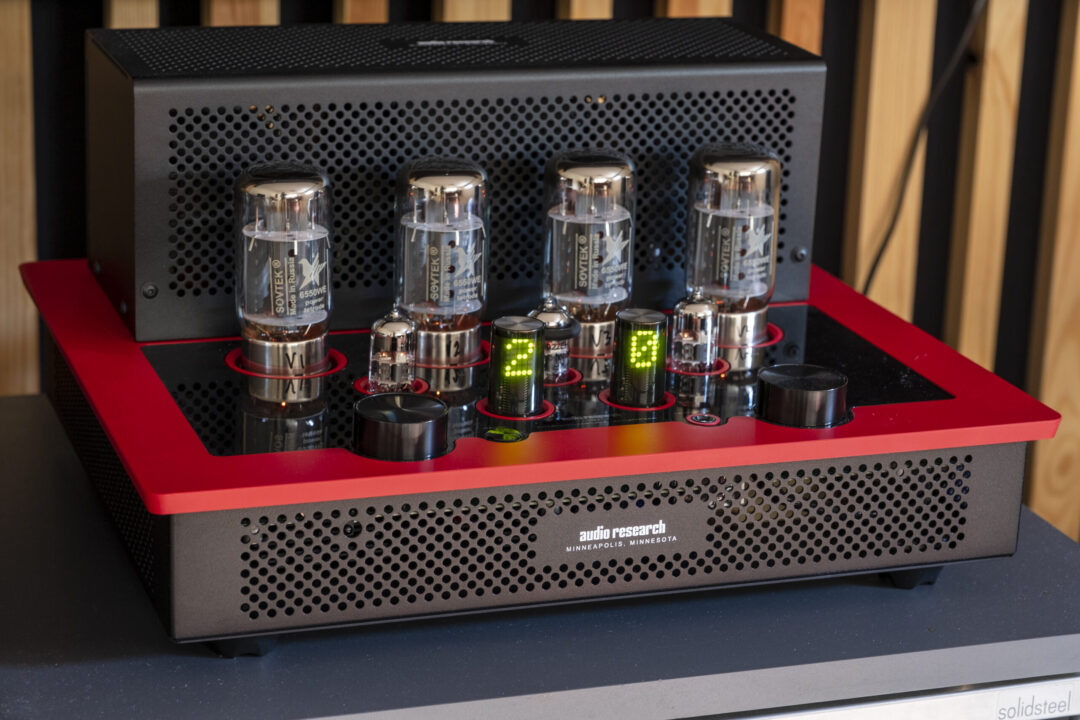

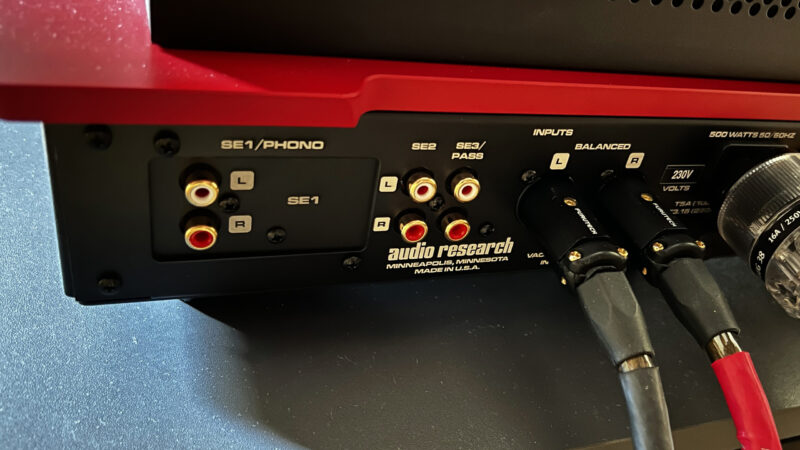
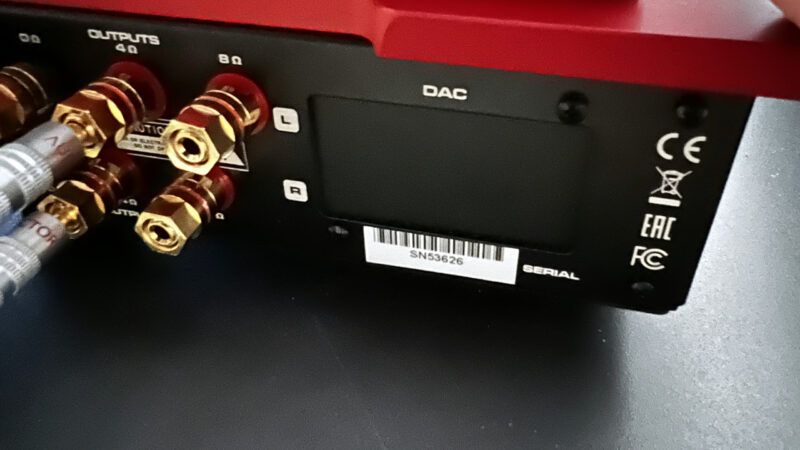
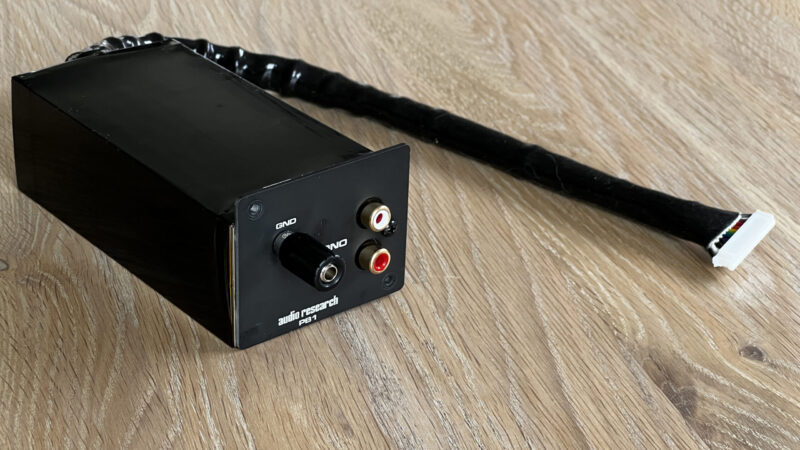
Just picked up the i/50 about a month ago. Super happy with the results. Didn’t get the phono module, using a Clear Audio Nano stage, my vinyl sounds WONDERFUL. I’m considering upgrading my B&W 685’s and have a question about the Klipsch Heresy IV’s, how do they sound at lower levels with the i/50? I live in a condo and can’t play at very high volume’s (on the i/50 not much more than 35).
I have a pair of LaScala AL5’s playing with the i/50 and previously had Heresy III’s hooked up to them. Absolutely superb low sound detail with the horn speakers.
With my LaScalas, once the tubes are warmed up I sometimes leave the volume at 1 (out of a possible 40) for beautifully detailed low volume listening
Hi how are you, does any body knows the ohmage for the headphone jack output ??
I would love to pait them with Focal utopias !